DIY Upholstery Stain Removal Tips: Save Your Sofa, One Spill at a Time
Chosen theme: DIY Upholstery Stain Removal Tips. Welcome to a friendly, practical guide for rescuing fabric furniture using simple methods, safe solutions, and calm confidence. Follow along, share your wins in the comments, and subscribe for fresh stain-fighting ideas that keep your home guest-ready.
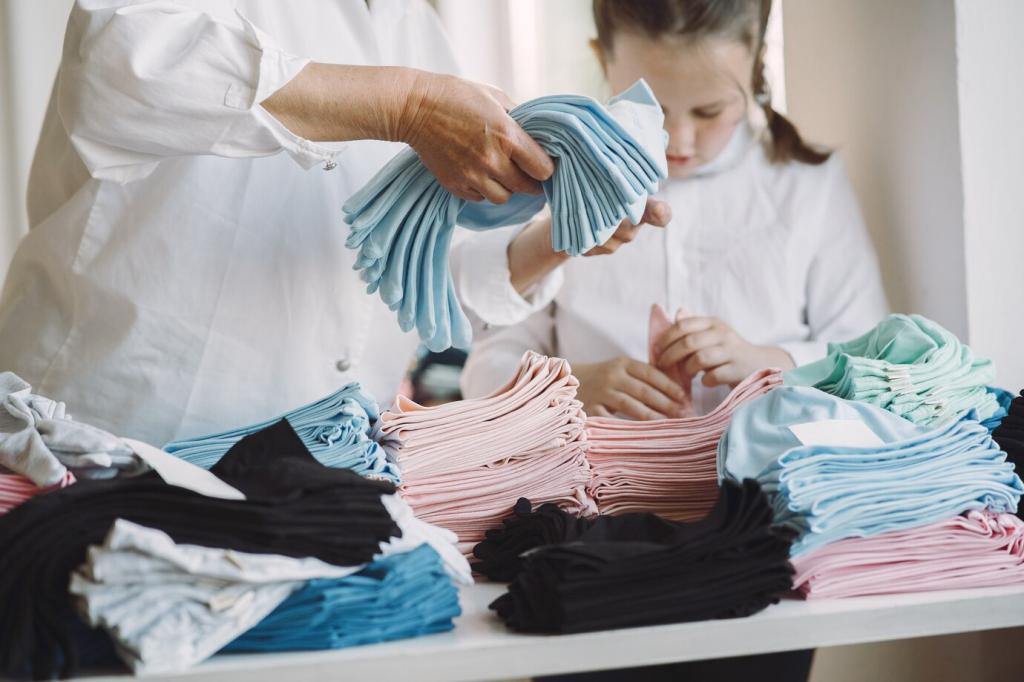
Upholstery tags often read W, S, W/S, or X. W fabrics tolerate water-based cleaning; S fabrics prefer solvent-based spotters. W/S can handle either, while X calls for vacuuming only. Check the tag first, then choose your method so you clean effectively without accidental damage.
Know Your Fabric: The Stain-Removal Starting Line
Treat stains by family: water-based (juice, soda), tannins (coffee, tea, wine), protein (milk, egg), oil-based (butter, makeup), dye/ink, and enzyme-sensitive messes (pet accidents). Matching method to stain saves time, reduces scrubbing, and keeps fabric texture and color looking calm and even.
Know Your Fabric: The Stain-Removal Starting Line
Spill Triage: The First 90 Seconds
Reach for a clean, white towel and blot from the outside inward to stop spread. Rubbing drives pigment deeper and can roughen fibers. A neighbor once rubbed red sauce into her loveseat; gentle blotting and patience worked better when we tried again, and the stain finally lifted.
Spill Triage: The First 90 Seconds
Lift away solids with a spoon’s edge. Build a blotting barrier by circling the stain with a dry towel first. Elevate cushions so air circulates below. Quick containment keeps liquids from seeping into foam, where they are harder to flush and tend to reappear after drying.
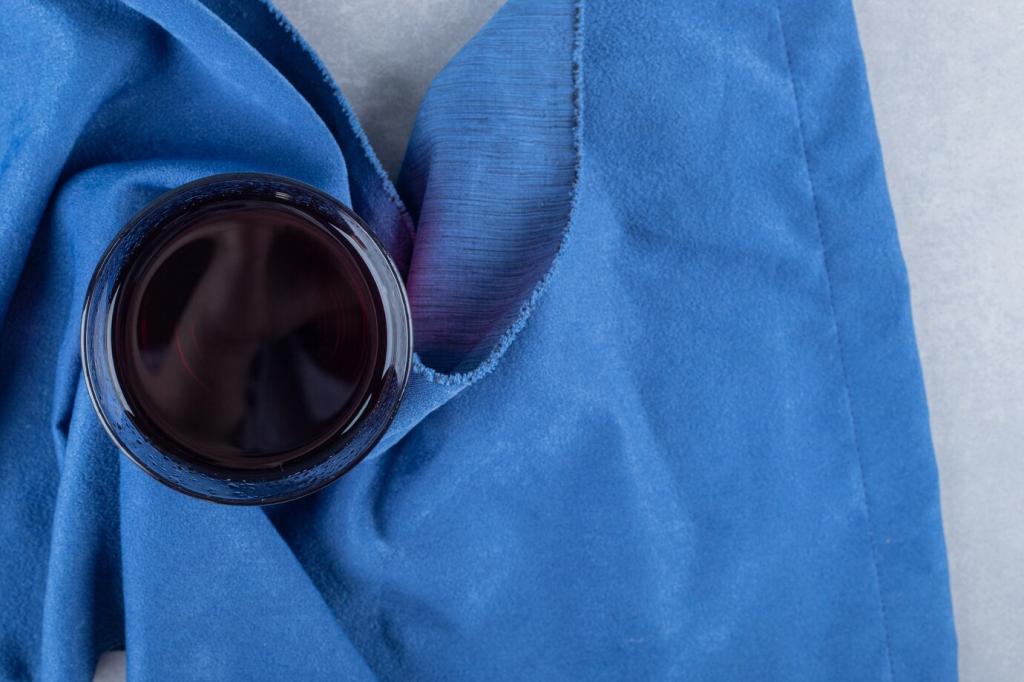
Home Pantry Solutions That Actually Work
Mix a few drops of clear dish soap in a cup of warm water for W or W/S fabrics. Apply with a lightly damp cloth, blot gently, then follow with a second cloth dampened in plain water to rinse. Finish by blot-drying. Share your go-to ratios; readers love real-world tweaks.
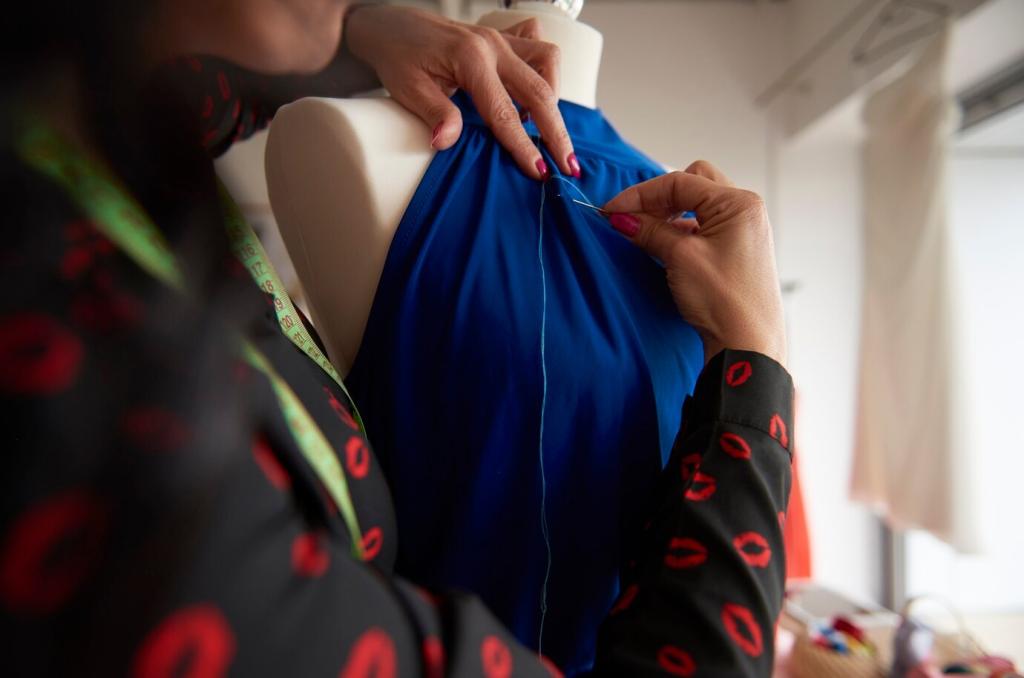
Tricky Stains, Clear Plans
Blot immediately with a white towel. On W or W/S fabrics, try cool water first, then a mild dish-soap solution. If needed, use a tiny, carefully tested mix of hydrogen peroxide on light fabrics only, and blot-rinse well. Avoid salt; it can set tannins and leave gritty residue behind.
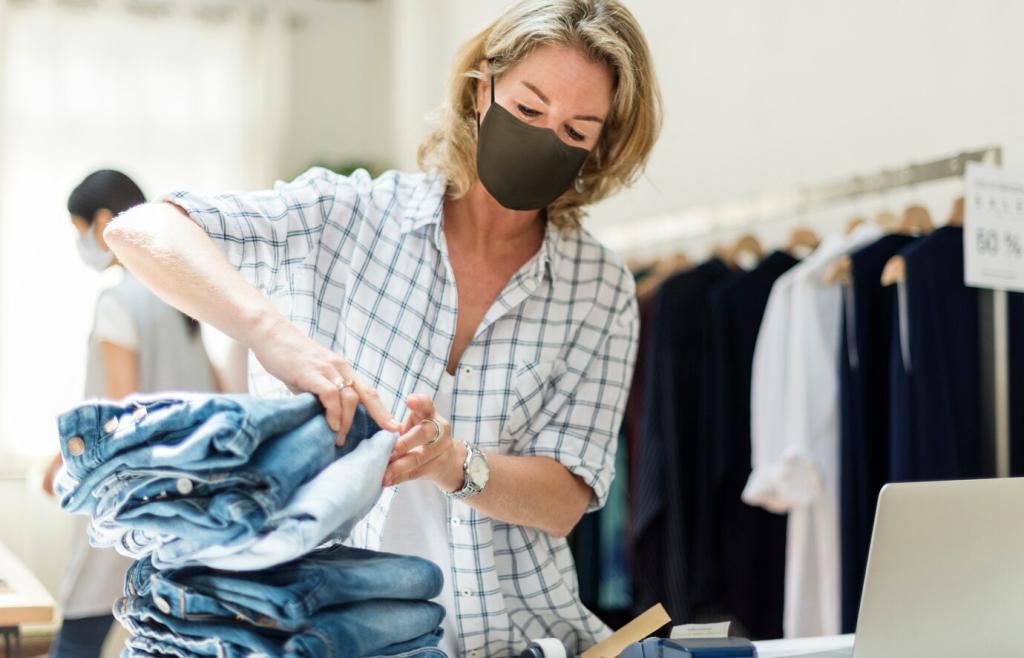

Tricky Stains, Clear Plans
Tannins respond to cool water, then a dish-soap solution. On W fabrics, a small amount of white vinegar in the rinse can help, if colorfastness is confirmed. Blot patiently, working outward in small circles. When the shadow fades, finish with plain water and thorough towel-drying.
Tools and Techniques That Protect Your Upholstery
Dry soil turns into muddy streaks when mixed with liquid. A quick vacuum removes grit so your solution can reach the stain directly. Use a soft brush attachment and short strokes. This simple habit reduces rings, preserves pile, and sets you up for a cleaner, brighter finish.
White towels prevent dye transfer and make it easy to see progress. Microfiber captures particles without scratching. A soft upholstery brush lifts fibers after drying, reducing flattening and shading. Build a small caddy, and tell us what you include so others can copy your smart setup.
Keep small, labeled spray bottles for soap solution, plain water, and, if appropriate, isopropyl alcohol. Clear labels prevent mistakes during frantic spill moments. Include dilution ratios and the fabric codes they suit. Organized kits encourage careful, methodical cleaning and help family members follow the safest process.
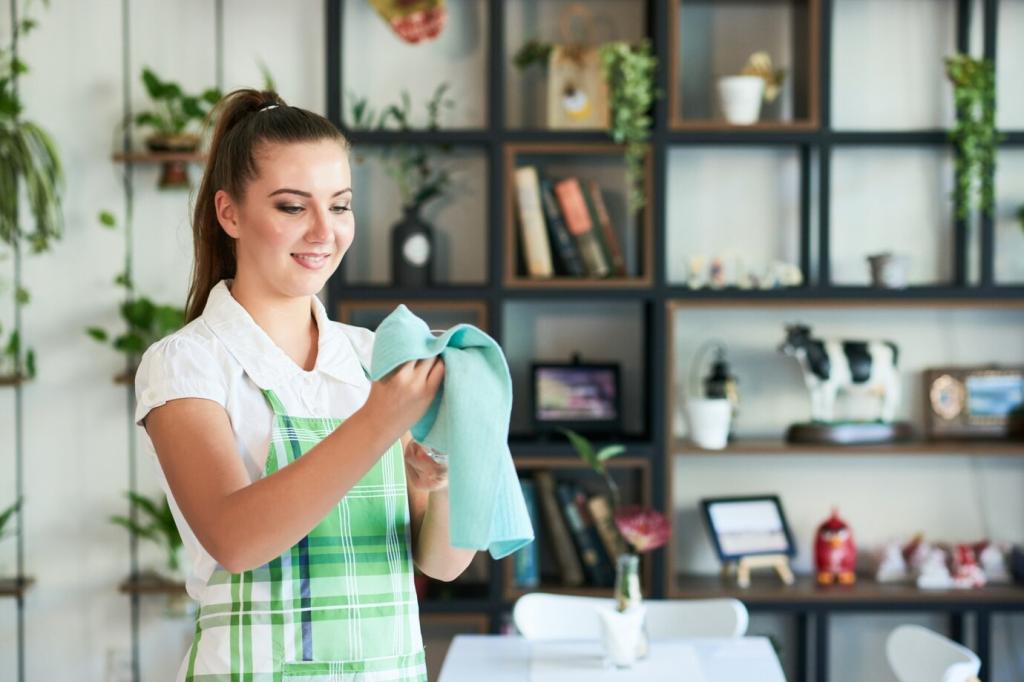
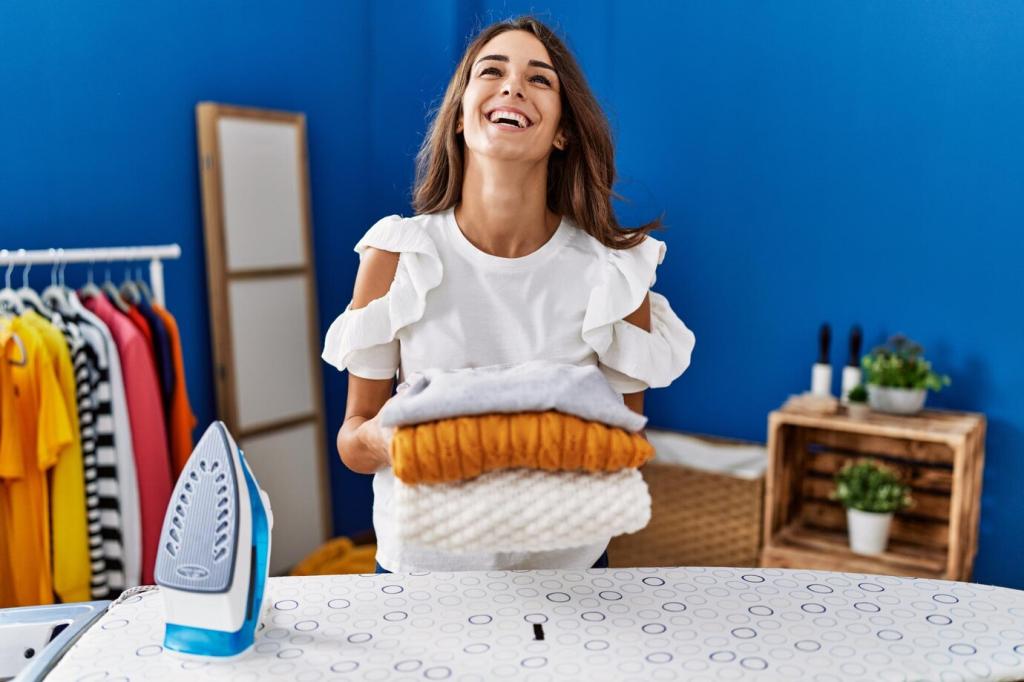
Safety, Prevention, and Real-Life Wins
Never mix vinegar with hydrogen peroxide, and avoid ammonia on wool or silk. Wear gloves, ventilate, and keep solutions mild. Test before treating, especially on vintage or sun-faded fabrics. Share any questions about chemical sensitivities, and we will suggest gentler alternatives that still lift everyday stains effectively.
Safety, Prevention, and Real-Life Wins
Consider fabric protectors suitable for your upholstery type, frequent vacuuming, and washable throws in high-traffic spots. Keep coasters and a stain kit within reach. Little habits prevent big problems. If you have a favorite prevention trick, drop it in the comments and help another reader today.
